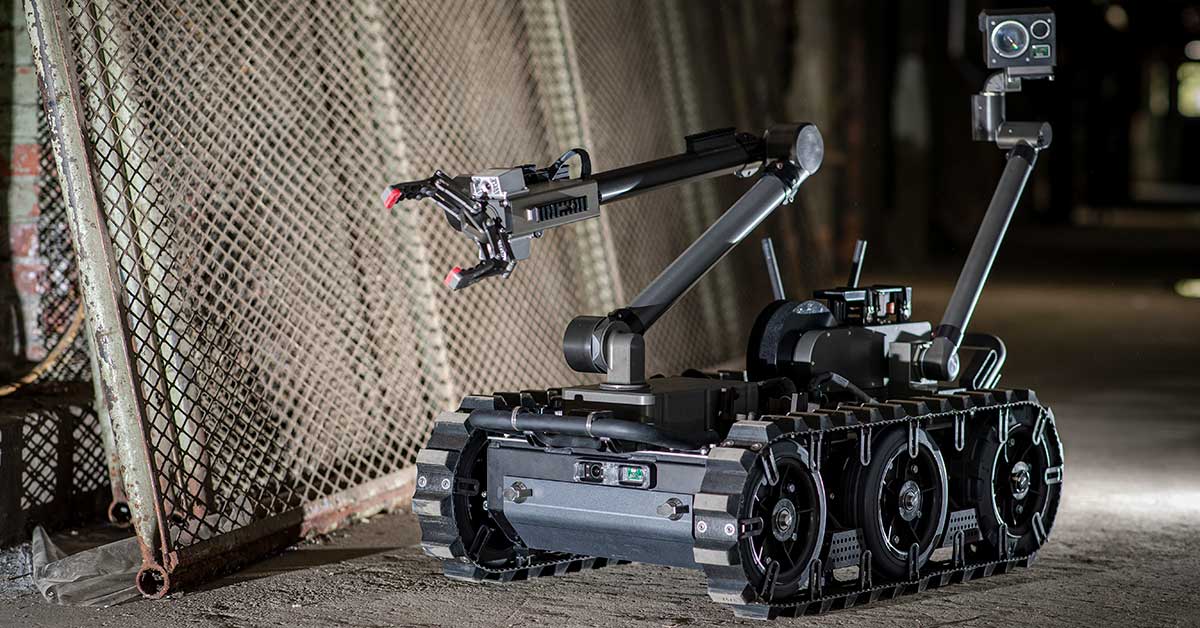How does a neutral density filter affect the scene dynamic range of FLIR’s OEM cameras?
Scene dynamic range is inversely proportional to the transmission loss introduced by a neutral density (ND) filter.
For FLIR’s standard OEM cameras:
| Camera | High Gain Mode | Low Gain Mode |
| Tau2 640, 324 | -25 °C to +135 °C | -40 °C to +550 °C |
| Tau2 336 | -25 °C to +100 °C | -40 °C to +550 °C |
| Quark2 | -40 °C to +160 °C | Not Available |
| Muon | 50 °C above and below ambient temperature | |
| Lepton | 0 °C to +120 °C | 0 °C to +450 °C* |
| Boson | to 140 °C | to 500 °C |
*Lepton radiometric, only.
Introducing an ND filter with X transmission will increase the scene dynamic range by a factor of 1/X, assuming that the photon contribution coming from the filter itself is negligible.
For example, with a 0.65 ND filter, a Tau2 640 could potentially see up to 550 °C/0.65 = 850 °C in Low-Gain mode.


